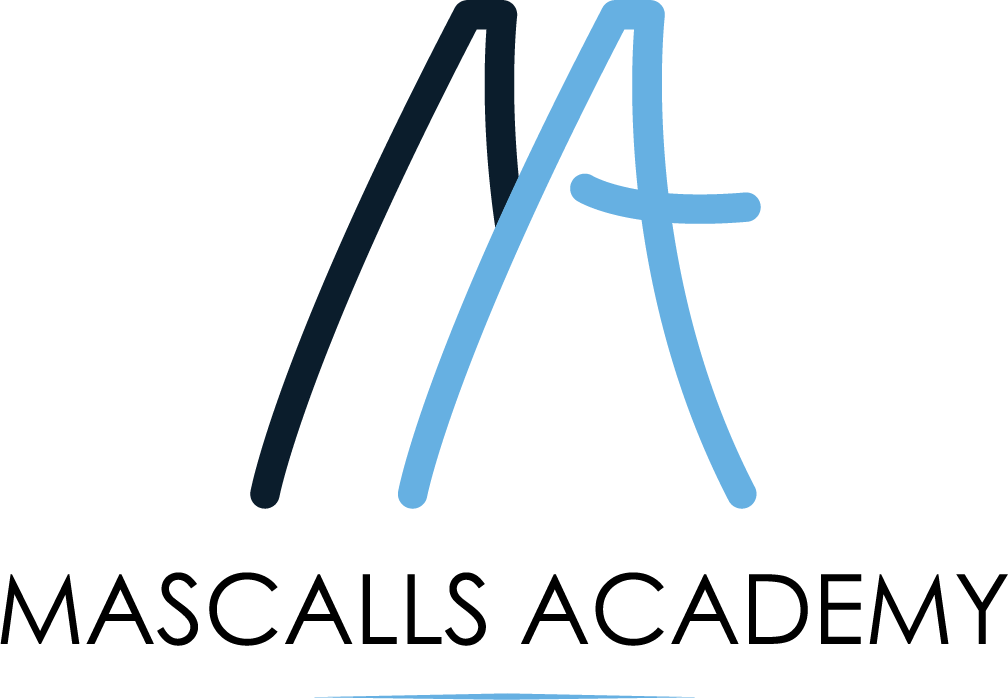Pitch, dynamics, tempo, texture, structure, attack & decay, instruments of the orchestra.
Statement of Inquiry
To be updated
Key Concept(s)
To be updated
Related Concept(s)
To be updated
A repertoire of vocal warm-ups including exercises for posture, intonation, projection, diction and ensemble skills. Christmas songs both modern and traditional – singing in canon and in unison. Interdisciplinary with Drama.
Statement of Inquiry
To be updated
Key Concept(s)
To be updated
Related Concept(s)
To be updated
Instrumentation, orchestral music, major and minor tonality to influence mood. How to play Pirates of the Caribbean on keyboard to build on skills from Semester 1 and build towards mastery in playing an extended melody on keyboard with fluency and accuracy in pitch and rhythm.
Statement of Inquiry
To be updated
Key Concept(s)
To be updated
Related Concept(s)
To be updated
Different genres of musical theatre, ballad, character song, 11 o’clock number, ensemble singing, solo, duet, canon, harmony, unison. Understanding how Musical Theatre has been used as a medium to spread positive messages across the world. Interdisciplinary with Dance.
Statement of Inquiry
To be updated
Key Concept(s)
To be updated
Related Concept(s)
To be updated
Oral tradition, ensemble drumming, polyrhythms, triadic harmony, ostinato, life in Western Africa, types of drums including djembe, talking drum and dundun. Listening skills will focus on both percussive and vocal pieces from Africa including a GCSE set work from the old specification. Practical tasks will include class and group ensemble performances in percussion and singing.
Statement of Inquiry
To be updated
Key Concept(s)
To be updated
Related Concept(s)
To be updated
Listening will focus on appreciating different forms of duet and ensemble performance, learning how musicians use non-verbal communication to keep in time or make musical intentions known. Playing Pavane for Jack Point as a duet or in four parts. Building on skills from Semester 1 and 3 to now play at the same time as a partner and show awareness of parts when performing.
Statement of Inquiry
To be updated
Key Concept(s)
To be updated
Related Concept(s)
To be updated


